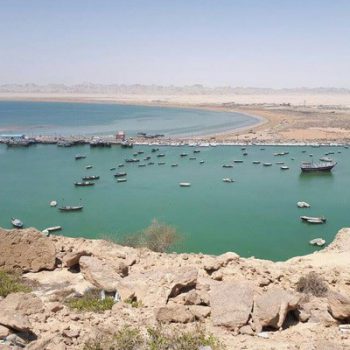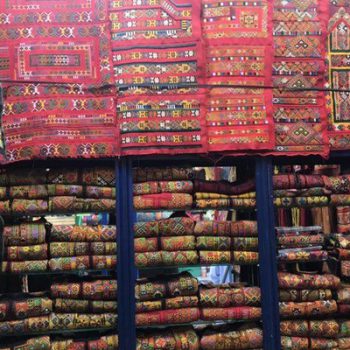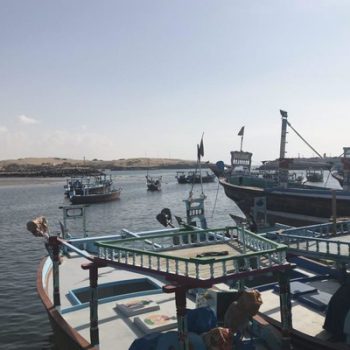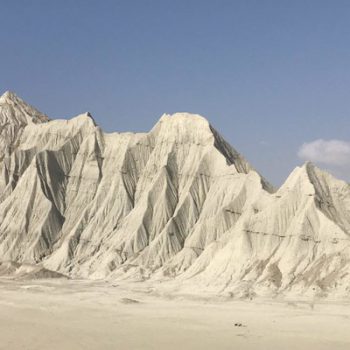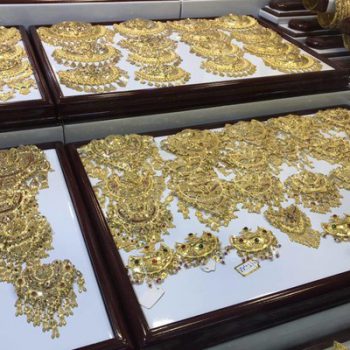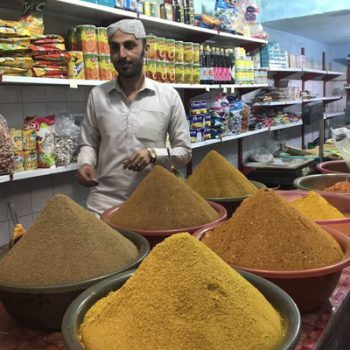Chābahār is a city in Sistan and Baluchestan Province, Iran. It is a free port (Free Trade Zone) on the coast of the Gulf of Oman, and is Iran’s southernmost city. The sister port city of Gwadar in Pakistan’s Balochistan Province is about 170 kilometres (110 mi) to the east of Chabahar.
Chabahar is situated on the Makran Coast of the Sistan and Baluchestan province of Iran and is officially designated as a Free Trade and Industrial Zone by Iran’s government majority of the city’s inhabitants are ethnic Baluch who speak the Baluchi language.
Weather
The winter in sistan is so short but the summer is long and hot .as the weather don’t go below zero the plants growth continues all year long. Most of Annual precipitation happens in winter .the years divided into parts in terms of climatic conditions including a short winter from late November to early march and the rest of the year is hot summer .
handicrafts
Different kinds of handicrafts are produced in the province of sistan that are associated with the people culture and traditional arts .needle waving in sistan and balouchestan make use of delicate silk and sometimes wooly threads with vibrant colors on cloths .they have patterns loke rose ,eye fish and pearl.
Local cuisine
Grilled lamb, broth, soup, grilled chicken ,champ, yellow dried whey, Tebahag, Anbag, Keraie,eggplant and dired whey,
Top 15 historical and natural attractions of Chabahar
Old English Telegraph Building and the Portuguese fortress
The building of the telegraph office has remained from the time when the British army was in Iran. The British East India Company constructed this building in the early Qajar era. This two-story building is the oldest telegraph office building in Iran and is located near the current post office of Chabahar.
Historical port village of Tis
This is a historical village of southern Iran and is located 11 km from Chabahar. The village dates back to 2,500 years ago. Among the major historical heritage sites of Tis Village, we can mention the ruins of Tis, Shirk Sont, Tis Castle or Portuguese Castle, Pirouzgat Castle, Baluch Gat Castle, Jenani Gach Cemetery (the cemetery of the jinns), Ancient Tis Kouban Well, Tis dams, Shahbazband Historical Mountains and Tis Friday Mosque.
Visit to Hara (Mangrove) forests and fishing seaport
Hara Forests or Mangrove Forests include the trees that are rooted in saline water and immersed in it.
Beris, Tis, and Ramin Fishing Wharves
There are several fishing wharves in Chabahar. However, Beris, Tis, and Ramin fishing wharves are more beautiful and spectacular than others, and many tourists go there for photographing and watching fishermen and the colorful boats on the water.
Wave Plunging Phenomenon
In some parts of the coast of Chabahar, there is a natural phenomenon called “Moj Feshan” which literally means Water Plunjing Wave in Persian. In this phenomenon, the sea waves, sometimes having more than 20 meters high, hit the beach and jet out forcefully out of the holes. This phenomenon occurs during monsoon rains in Chabahar (often in summer) and more on Darya Bozorg Beach (Big Sea Beach) and Chabahar coastal road to Beris.
Darak village
Darak village is where the desert finds the sea You will find the coastal village of “Darak” in the southernmost tip of Iran, on the Makran coast of the Oman Sea. This beautiful, touristic village enjoying all three cliff, sandy, and coral beaches at proximity.Darak is the only place in Iran that you can see the desert and the sea next to each other. Darak beach with sand dunes and palm trees has created exquisite scenes.
Chabahar traditional Bazaar ( balokan)
Ballok bazaar (grandma’s bazaar) is one of the traditional bazaars of chabahar, you can find handcrafts and local food , Spices and Baluchi women dress .
Gwadar Gulf
Gwadar Bay is located in the southeastern part of Iran and has unique nature and landscape inducing the atmosphere and the landscape of Mars. This bay is also one of the major centers of shrimp fishing in Chabahar.
lipar salt lake
This area is located along the Chabahar coastal road to Gwadar. The color of water in this lake is pink most of the time and occasionally changes into orange or red. One of the main attractions you should not miss during your visit to the lake is to watch different birds such as coots, flamingo, grebes, herons, and western swamp hens.
Chabahar Bay & Sandy Beaches of Gulf of Oman
This bay is one of the most beautiful natural bays in Iran. Throughout the bay, there are plenty of fishing launches and boats. Its beach is very suitable for sightseeing. Chabahar Free Zone is located in the east of this bay.
The sandy and rocky beaches of the Gulf of Oman extend on the southern coast of the city and is a suitable place for recreation and sightseeing.
Kuhhaye Merikhi (Martian mountains) of Chabahar, National Geological Park
These mountains are the result of a natural phenomenon creating a spectacular and unique landscape. These mountains spread across an area from Kachu Village to Gwadar alongside the sea.
Sacred Fig Tree
The tree has a strange appearance and it grows on the coastline of Chabahar. It has become the symbol of this region. The sacred fig is famous for its large crown and often lives more than a hundred years.
Botanical Garden of Chabahar
The garden, located near Tis Village, has an area of about 6 hectares. This is home to various native, non-native, and endangered plant species.
Gandu Protected Area and Bahu Kalat River
This area is located in the eastern part of Chabahar and the southern part of Sarbaz County. The origin of the name of this area is the name of the mugger crocodile that lives in this area.Gandu Area includes Sarbaz and Bahu Kalat, the living area of the mugger crocodile and the coastal lands of the Gulf of Oman.Due to the attractive plant and animal species such as Baluchi camels, white-tailed eagles, mugger crocodiles, rough-toothed dolphins, sea turtles, tamarisk, and genus trees, karira trees, etc, this part of nature has attracted many visitors.
Mud Plunging Phenomenon
in this phenomenon, the mud flows out of the underground and takes the form of a hill. The volcanic mud of Tang-e Konarak, located 110 km from Chabahar, is the most famous and active volcanic mud plunging spot in Iran.

